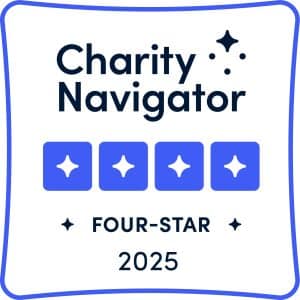How to protect your community’s cemeteries
by David Hoguet
Jewish Cemeteries of Greater Cincinnati (JCGC) was formed in 2008 on the heels of a 10-year community effort to put all of the cemeteries in Cincinnati and Hamilton, Ohio under one roof. Of the 26 cemeteries in the community, located on seven
discrete properties, 23 joined.
One of the cemeteries that decided not to join was the Spanish-Hebrew Society. Their cemetery was established in 1920 when a small plot of land within another cemetery was purchased. The small Sephardic community, mostly emigrants from Turkey and Greece, felt it was important to have their own cemetery as the customs and culture of the Sephardic community differed from those of the Ashkenazic community. In the early 1900s when a Sephardic Jew would pass away, it was often difficult to find plot in one of Cincinnati’s Jewish cemeteries.
At the time JCGC was formed, the Sephardic community had been led for over 40 years by Rabbi Isaac Jerusalmi, an emigrant from Turkey. A graduate of Hebrew Union College (HUC), he studied in Paris, earning his PhD, before returning to HUC in 1963 to teach Bible and Semitic languages.
He was passionate about preserving the Ladino, or Judeo-Spanish, language and Sephardic culture. He was known as the Haham, or rabbi, of the community, overseeing the congregation and the cemetery. The cemetery also functioned as a burial society, with assets set aside to pay for each member’s grave and internment cost.
The larger cemetery in which the Spanish-Hebrew Society was located had joined JCGC upon its formation in 2008.
Despite the efforts of several Jewish community leaders who had been involved in the ten years of work it took to get JCGC up and running, Rabbi Jerusalmi was steadfast in his desire to remain independent even though he was 80 years old and no longer holding regular services.
In 2018, Rabbi Jerusalmi passed away. In the 10 years since JCGC had been formed, Spanish-Hebrew cemetery suffered some vandalism, in the form of broken headstones, which had not been addressed. The Rabbi had been ill for a while before he passed away. Fortunately his wife and one of his Board members had started discussions with JCGC while he was ill, and a decision was made to join JCGC. The cemetery had an adequate endowment to care for its grounds. Deciding how to handle the assets set aside for graves and interment costs made the integration into JCGC somewhat more complicated, but ultimately a sequestration of funds was agreed upon for 20 years.
The story of the Spanish – Hebrew cemetery probably sounds familiar to anyone affiliated with JCLP. Rabbi Jerusalmi was a stubborn and proud man without much trust in this new organization that wanted to absorb his cemetery. His wife took care of the records, but big projects such as the repair of the headstones were not able to be addressed. He was informed of the damage, but he was either too old or too ill to do anything about it. The cemetery, along with the damaged headstones, came over to JCGC with the agreement that they would be placed on the JCGC project list and eventually would be addressed.
This short case study has parallels to the work that JCLP does with small Jewish communities across the country. It illustrates the importance of reaching out and communicating in situations where organizations, especially small ones, could use help. It’s never too late, but it’s better to be early.
